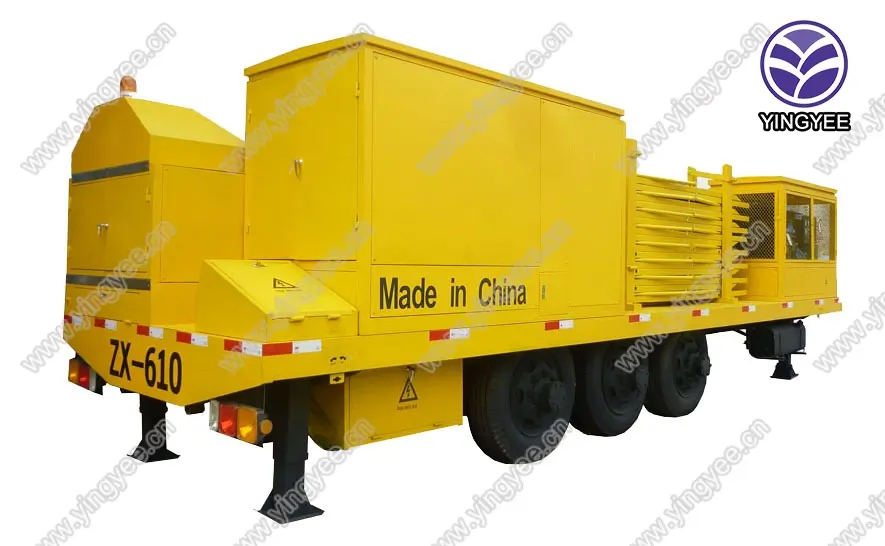
Upright Rack Roll Forming Machine An Overview
In the modern manufacturing landscape, efficiency and precision are paramount. One of the critical innovations that have emerged to meet these demands is the upright rack roll forming machine. This advanced equipment is essential in producing high-quality storage solutions, particularly for warehouse and logistics operations. In this article, we will explore the functioning, components, and advantages of upright rack roll forming machines.
What is an Upright Rack Roll Forming Machine?
An upright rack roll forming machine is a specialized piece of equipment designed to create upright frames for storage racks. These racks are integral to maximizing vertical space in warehouses, enabling efficient organization and easy access to goods. The roll forming process involves feeding metal strips into a series of rollers, which gradually shape the material into the desired profile, often consisting of upright columns and horizontal beams.
How Does It Work?
The operation of an upright rack roll forming machine can be broken down into several key steps
1. Material Feeding The machine begins with raw material—typically steel strips—being fed into the roll forming system.
2. Roll Forming Process As the metal strip passes through the roller system, it is gradually formed into the desired shape. The rollers are meticulously designed to create specific profiles, ensuring that each component meets precise specifications.
3. Cutting and Finishing After the forming process, the shaped metal sections are cut to the required lengths. This cutting is often executed with a precision saw or hydraulic cutting system. Additional processes like punching or welding may also be integrated to enhance functionality and assembly.
4. Quality Control The final products undergo stringent quality checks to ensure they comply with industry standards. Structural integrity and surface finish are essential factors in the overall quality of the finished rack components.
Key Components of the Machine
The upright rack roll forming machine is composed of several essential components

- Uncoiler This device unwinds the steel coil, providing a continuous feed of material to the rollers.
- Roll Forming Station This is the core section where the actual shaping occurs, comprising a series of rollers arranged to gradually form the steel into the desired profile.
- Cutting Device This may include a shear cutting system or a flying cutter that cuts the formed profile into specified lengths without halting the roll forming process.
- Control System Modern machines are equipped with advanced control systems, including programmable logic controllers (PLCs) that allow operators to set parameters and monitor the machine's operation.
Advantages of Using Upright Rack Roll Forming Machines
Utilizing upright rack roll forming machines offers numerous advantages for manufacturers and warehouse operators
- Efficiency The roll forming process is highly efficient, allowing for the mass production of rack components with minimal waste. The continuous operation reduces cycle times and increases output.
- Customization These machines can be easily adjusted to produce different profiles and sizes, enabling manufacturers to cater to specific customer requirements without significant downtime.
- High Strength and Durability The roll forming process enhances the mechanical properties of the steel, resulting in stronger and more durable rack components that can withstand heavy loads.
- Cost-Effective Production With reduced material waste and improved production speed, manufacturers can lower costs while maintaining high-quality standards in their products.
Conclusion
In conclusion, the upright rack roll forming machine plays a vital role in the fabrication of storage solutions that meet the demands of modern industries. Its ability to efficiently produce quality components while allowing for customization makes it an invaluable asset in manufacturing and logistics. As businesses continue to prioritize efficiency and space optimization, the significance of such machinery will only increase, paving the way for innovations in storage solutions and manufacturing processes.